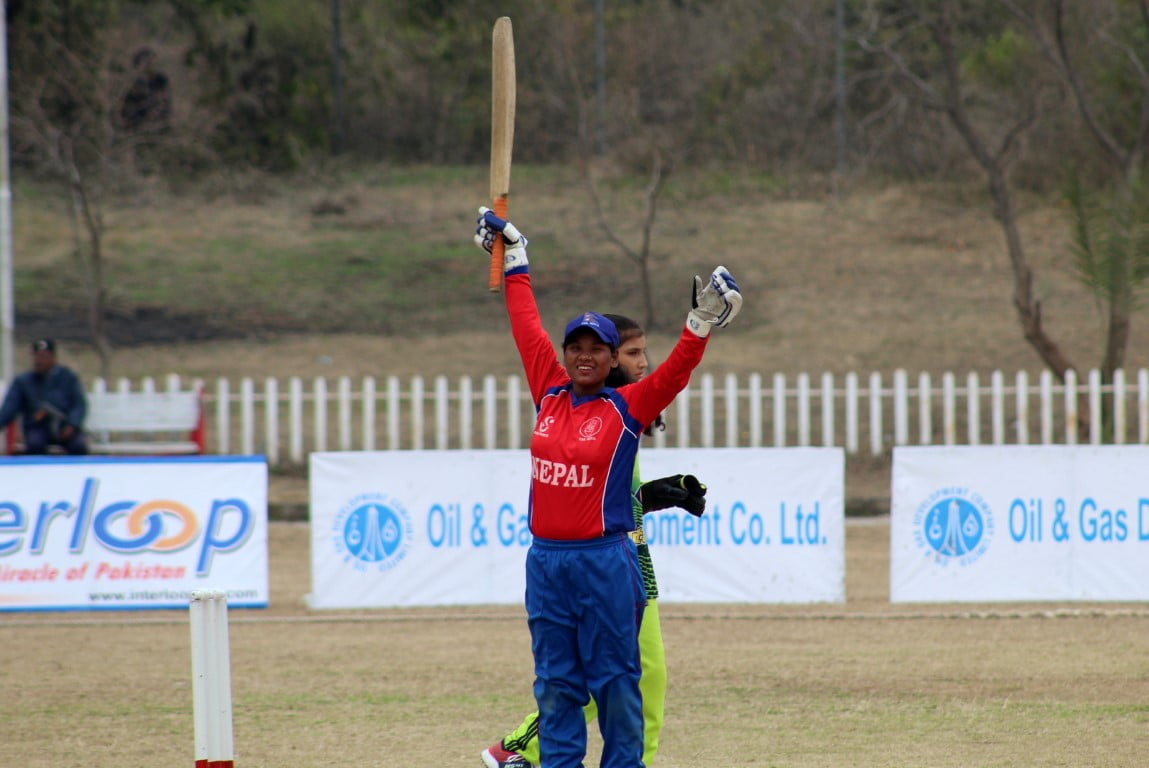CAB, Nepal is an umbrella organization for all the blind cricket governing bodies in the country. It provides affiliation for all legally registered regional associations and also recognizes blind cricket clubs. This means CAB, Nepal stands at the top of the pyramid with the regional associations forming the intermediate level and the clubs forming the base. The organizational structure of CAB, Nepal can be divided into two distinct layers. At the top is the central committee comprising 11 members, and this is backed up by the seven-member women’s sub-committee. Although there are two women on the central committee, it has also been considered necessary to form a separate women’s committee in order to attract more blind women into leadership roles and involve them in the planning and implementation of their own cricket and other activities for women. The organizational structure is set out below.
The Central Committee
Executive Committee.
- Mr. Pawan Ghimire, Chairperson
- Mr. Ramesh Pokharel, Vice-Chairperson
- Mr. Amrit Baral, General Secretary
- Mr. Upendra Shrestha, Treasurer
- Mr. Nilkantha Timsina, Secretary
Board Members
- Ms. Samikshya Ganywali
- Mr. Samrat Gautam
- Mr. Nirmal Paudel
- Ms. Bhagwati Bhattarai
- Mr. Sagar Lama
- Ms. Khima Sapkota
Women’s Committee:
- Ms. Deventi Choudhary, Coordinator
- Ms. Bhagwati Amgain
- Ms. Muna Aryal
- Ms. Sushila Choudhary
- Ms. Sangita Ghimire
Affiliates of CAB, Nepal
The affiliated branches of CAB, Nepal are:
- Cricket Association of the Blind, Kaski
- Cricket Association of the Blind, Lumbini
- Cricket Association of the Blind, Bagmati
- Cricket Association of the Blind, Kanchanpur
- Cricket Association of the Blind, Bardiya
- Cricket Association of the blind, Karnali
- Cricket Association of the Blind, Koshi
- Cricket Association of the Blind, Madesh
- Cricket Club of the Blind, Chitwan
- Cricket Club of the Blind, Banke
Physical and human resources:
The financial limitations that CAB, Nepal faces means that it relies on one member of staff exclusively to undertake all of the responsibilities of the administrative operations, while matches are officiated by six part time paid technical staff who have been trained by the association. Occasional work overload is now being resolved thanks to the recruitment of social work students. Official activities are held at a hired venue, and there are no private cricket grounds to play at.

